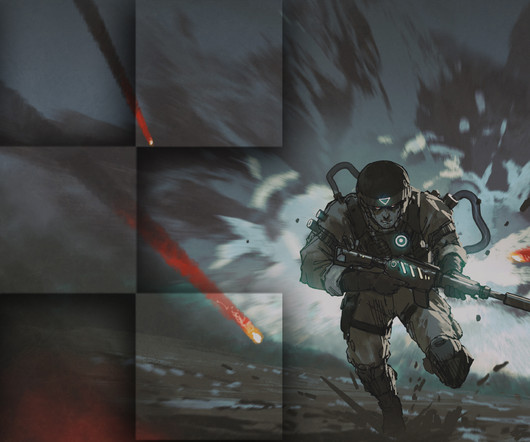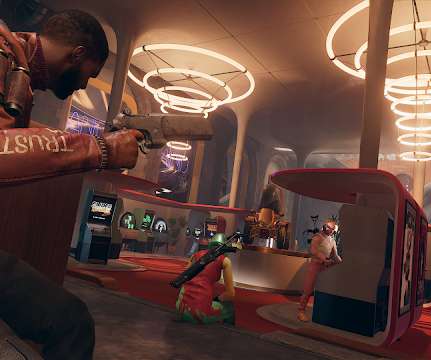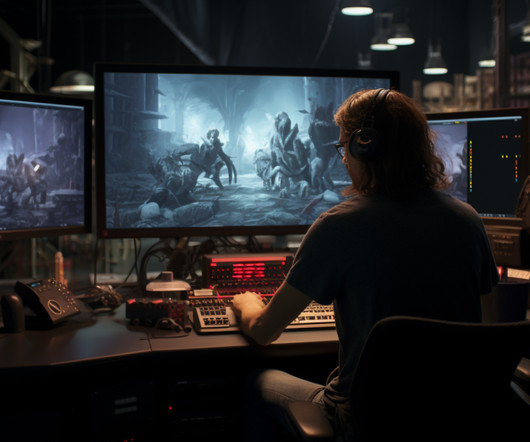Game art vs game design: What is the difference?
Logic Simplified
AUGUST 8, 2023
The game artist develops the visual components of the game, which involve the characters, props, background, environment, and other visual elements. Video game artists specialize in a wide range of digital art forms, such as 2D modeling, animation, concept art and texturing. A game designer designs the overall concept of a game.












Let's personalize your content